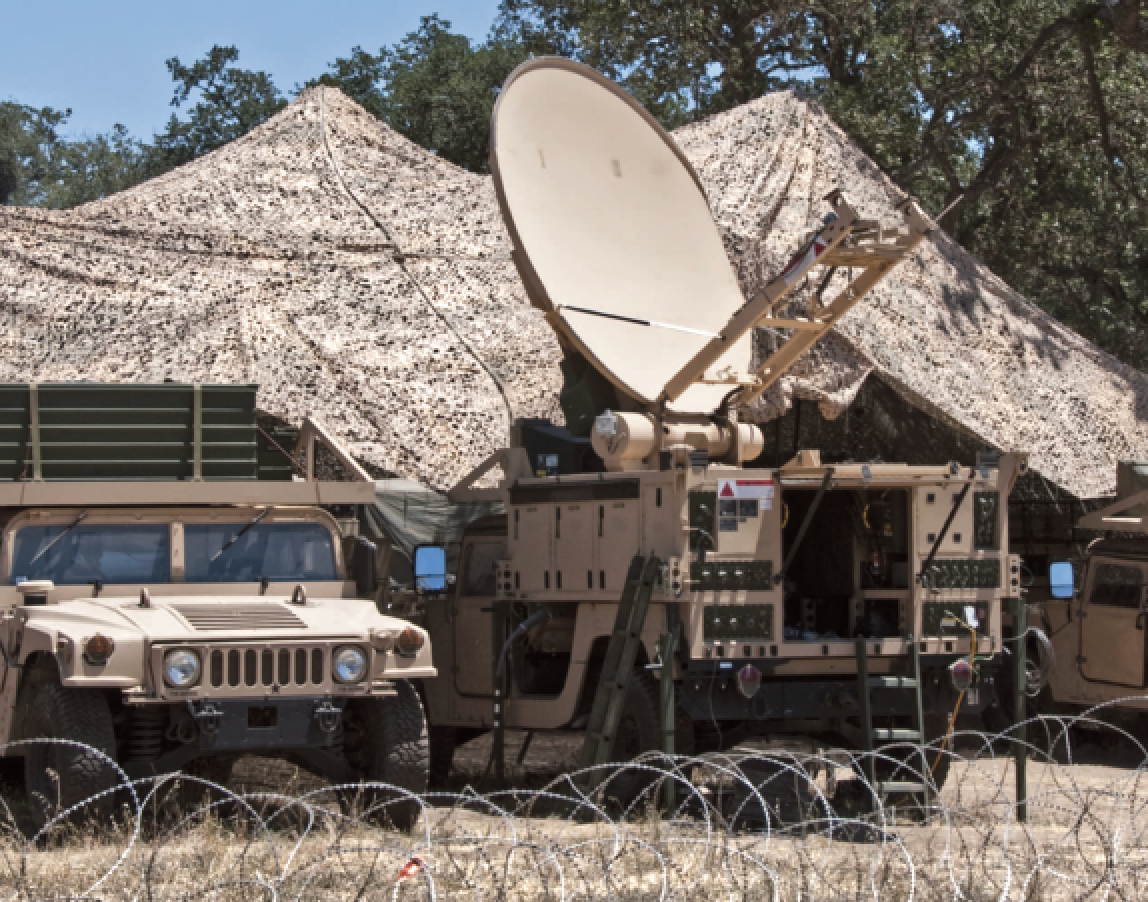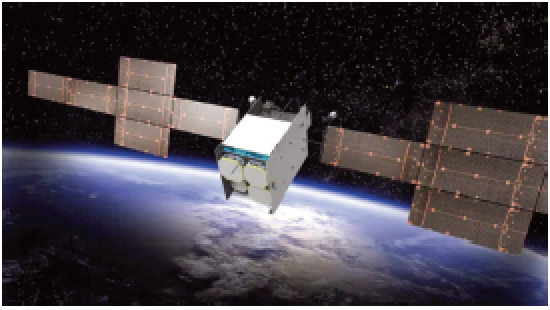As the planners at the U.S. Department of Defense (DoD) work to transform the warfighting satellite communications (SATCOM) network, part of the challenge is to connect several siloed, wideband and narrowband systems that span more than 17,000 user terminals from over 100 different providers.

The Combined Joint All-Domain Command and Control (JADC2) framework, including the U.S. Air Force’s Advanced Battle Management System (ABMS), intends to accomplish this herculean task — not just across technology and service providers but across allied partners. A modular, open standards approach to building that framework offers the most expeditious and effective path to enabling the fast, resilient communications network needed across the DoD enterprise.

Just as a Modular Open Systems Approach (MOSA) offers a fast-track to modernizing DoD business and technical systems, it yields many benefits for the DoD’s SATCOM network. Open-standards, modular satellite architectures employ a variety of SATCOM technologies to enable the network to deliver the most powerful benefits to the user, including seamless information-sharing across systems and users.
This approach also supports the integration of Commercial Off-The-Shelf (COTS) technology that can lower the cost of building and maintaining the network, enabling faster software and hardware upgrades to minimize obsolescence and leverage the latest security protocols.
Adopting open and modular SATCOM systems is a major, but necessary transformation for the DoD. Government-designed and owned capabilities may meet strict user requirements, but today’s rapidly changing, data-centric battlespace requires innovative technologies so soldiers can adapt and respond quickly — and maintain strategic advantage in protecting U.S. national security.
Speeding SATCOM Service in the Field
In the battlefield, time is of the essence, yet warfighters today can wait weeks — or even months — to replace or upgrade SATCOM service.
If SATCOM systems were flexible and interoperable, a faulty terminal could be replaced by autonomously leveraging software-defined, Flexible Modem Interface/ Flexible Terminal Interface tools to access another modem, service or satellite to maintain continuity of service.
Instead, to access new commercial SATCOM capabilities using the Satellite Access Request (SAR) and Gateway Access Request (GAR) processes, users are required to specify operating location, equipment and link parameter specifications, and then await approval of the service and then arrival of the necessary equipment.

Visualization of JADC2 Vision. Source link...
Similar processes and time constraints exist when using the DoD’s capacity on any of the ten Wideband Global Satcom (WGS) satellites. Rarely does this approval process move at the speed of the mission.
By adopting modular networking, the Pentagon can better assure commanders and warfighters that SATCOM networks will be available when and where they need them.
Adapting New Technologies Faster
With technology advancing at warp speed, maintaining the pace of cutting-edge innovation can challenge any enterprise. Here again, the modular, open-systems approach enables fast and easy integration of new technologies.
With new technology and new services, whether military or commercial, warfighters gain more of the flexibility, resiliency and security that they need. In fact, using this paradigm, the DoD can procure and deploy commercial SATCOM networks quickly, and then enhance them over time to leverage leading-edge technologies — wireless LTE, 5G, cloud computing, Artificial Intelligence (AI) and Machine Learning (ML) — as quickly as they evolve.
Following this model for SATCOM, warfighters could upgrade a user terminal or replace a system with plug-and-play ease.
 Artistic rendition of a WGS satellite, courtesy of Boeing.
Artistic rendition of a WGS satellite, courtesy of Boeing.
This is how today’s cellular providers operate, regularly adding new technologies and capabilities. Individual users can buy or replace a device in any country and connect to the Internet right away because of the flexibility gained from enterprise-wide, open-standards architectures that cross borders and time zones.
Ensuring Government Network Flexibility
An open-standards network architecture facilitates the integration of commercial SATCOM technologies to meet government requirements faster and maintain flexibility. This is because a modular system makes it easy to work with industry partners to adopt and test new technologies.
One specific technology that enables this type of modularity is the Hughes Terminal Management Agent (TMA) that works with the DoD’s flexible modem and terminal interface. This innovation evolved from a U.S. Air Force study, under which Hughes has helped the DoD embrace commercial, enterprise-wide SATCOM network technology for maximum diversity, redundancy and security to keep soldiers connected — even at the tactical edge.
A ground-breaking software feature, the TMA was developed by Hughes to interconnect seamlessly with various satellite modems, regardless of manufacturer or satellite system, for fast, seamless switching across two or more modems within a single terminal. In this way, the TMA weaves together stove-piped systems to enable user access to diverse platforms from a single terminal, overcoming the vulnerability of single-threaded satellite systems, which are susceptible to malicious actors, poor antenna angles and misaligned directional pointing. Instead of depending on manual operation to change communications elements, the Hughes TMA ensures continuous connectivity. What’s more, leveraging this mission management system in the network operations center, the DoD can add new features, enhance security and attain exponentially higher resiliency.

Preparing for the Future with Adaptable, Scalable Technology
The DoD is ready for a more open, modular network architecture, as evidenced by its focus on implementing the JADC2 concept and the related service’s network modernization like the Air Force’s ABMS.
For DoD to be responsive to changing national security requirements, it cannot wait decades to get technology designed, procured and deployed.
Now is the time to take advantage of government and commercial innovation to develop military satellite communications networks that are adaptable and scalable — regardless of vendor or service provider. Only then will DoD be able to support the warfighter with 24X7, reliable access to the volumes of data on which commanders and leaders base mission-critical, real-time decision-making.
General John “Jay” Raymond, Chief of Space Operations for the U.S. Space Force, reminded the space community in December of 2020 that the DoD is eager to partner with industry to learn about adapting business practices to speed development and production of new systems.
www.hughes.com

Rick Lober is the Vice President and General Manager of the Defense and Intelligence Systems Division (DISD) at Hughes Network Systems, LLC. In this role, he is responsible for applying the company’s broad range of SATCOM technologies and services to the worldwide defense marketplace and intelligence community. This includes both fixed Ku, Ka and X band VSAT and mobilesat products and systems. Applications cover satellite communications on the move for both ground based an airborne platforms along with numerous classified development programs. He has over 25 years experience with both COTS-based and full MIL communications and intelligence products, systems and major programs starting as a design engineer and progressing to a P&L executive.

